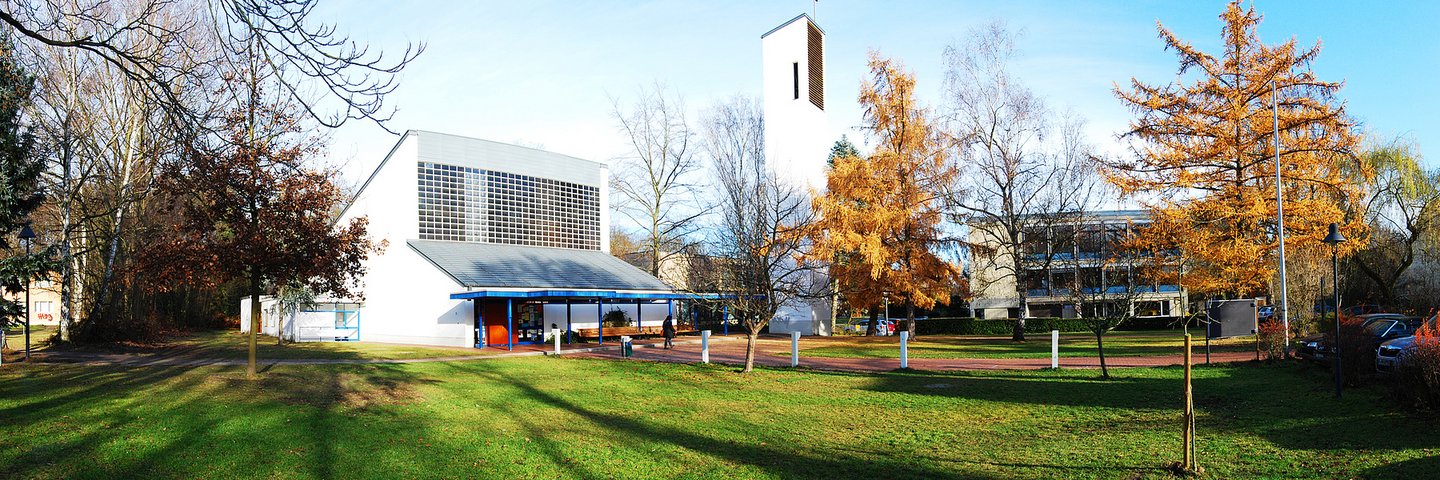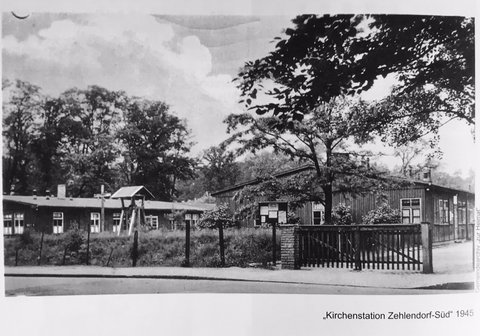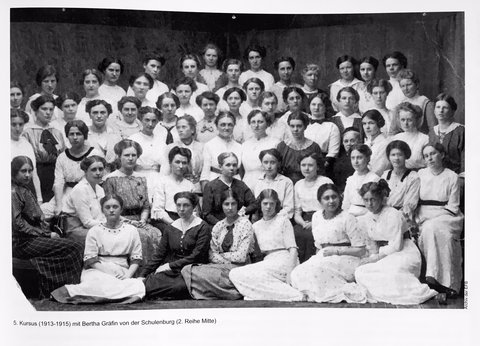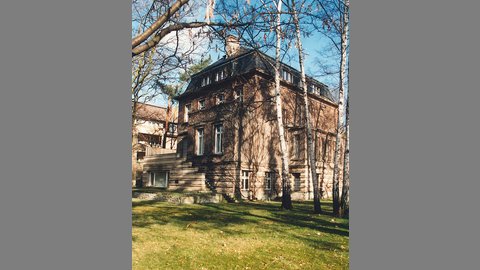About Us

History of the EHB’s Origins
From Women's School Course to University of Applied Sciences
The origins of the EHB, as a place of professional study in the fields of social work, health and education, go back to the founding year of its predecessor institution in 1904, when a course financed by the Protestant Church was first started to train young girls and women in "Christian charitable activity and the labour of love". The impetus for the courses came from the liberal middle classes and the bourgeois women's movement. The aim was to professionalise social work, which had always been dominated by women, thereby enabling women to receive vocational training that would make them socially independent. Social work offered a new profession and thus an alternative for young women. This makes the EHB one of the oldest educational institutions for social professions in Germany.
In August 1909, Bertha Gräfin von der Schulenburg founded the "Frauenschule der Inneren Mission" ("Women's School of the Inner Mission") and established professional training courses. The students came from all over Germany and were taught on the basis of a curriculum by full-time academic teachers. In 1920, the women's school received state recognition.
During the Weimar Republic, there was increasing professionalisation and differentiation in social work; among other things, a youth welfare office was established by the state. Many of the students were later trained as lecturers at the women's school and remained there as teachers. The teaching staff also included studied female doctors, such as Dr. med. Frida Moritz (studied in Freiburg) and Dr. med. Frida Corssen-Busch (studied in Zurich, Halle and Bonn). This was remarkable in that there were only about 80 female doctors in Germany at the time.
When the National Socialists came to power in 1933, the leadership of the National Socialist-oriented Centralausschusses der Inneren Mission (Central Committee of the Inner Mission; responsible for the training centre) relieved Countess von der Schulenburg of her position as head of the school without any justification whatsoever. This dismissal was revoked in the wake of protests, also from abroad, but from this point onwards von Schulenburg was limited in her role and only assigned to supervise the students living in the dormitories. The new headmistress was Elisabet Nitzsche, a member of the NSDAP, who ran the school until 1945.
After the Second World War, the Johannes-Stift in Spandau became the new home of the "Soziale Frauenschule der Evangelischen Kirche Berlin-Brandenburg" ("Social Women's School of the Protestant Church Berlin-Brandenburg") for 15 years and housed pupils from both east and west. From 1960 on, the school operated under the name "Evangelische Schule für Sozialarbeit – Bertha-von-der-Schulenburg-Seminar" ("Protestant School for Social Work – Bertha von der Schulenburg Seminar"). At the same time, for political reasons, GDR pupils were not allowed to enrol anymore. After the Wall was built, the school opened up internationally and contacts abroad were developed. In 1968, the school was renamed the "Evangelische Akademie für Sozialarbeit" ("Protestant Academy for Social Work"), and in 1971/72, the Protestant Church of Berlin took over the academy as a university of applied sciences. In 1972 the Evangelische Fachhochschule Berlin (EFB ) also became a public corporation.
With the status of a university of applied sciences, the number of students also increased. By the mid-1980s, 600 students were already enrolled in the social work/social education degree program at the EFB. 24 full-time lecturers and around 80 assistant lecturers were responsible for teaching and research, supported by 24 administrative staff. After the fall of the Berlin Wall in 1989, more and more applicants from the new federal states came and from then on enrolment was also possible regardless of the students’ religious affiliation. In addition, the university expanded its range of courses: in 1994 with the study program Nursing/Nursing Management and in 1997 with Protestant Religious Education. The move to the current location followed in 2001. The range of courses was successively expanded in the following years, and all degree programs were converted from diploma to Bachelor's degrees in 2010. There are around 1,700 students (year 2023) in a total of eleven Bachelor's and Master's degree programs at the EHB. Around 65 full-time professors and lecturers as well as 250 assistant lecturers guarantee a high-quality level of teaching, research and knowledge transfer at one of the oldest training centres for social professions within Germany.



